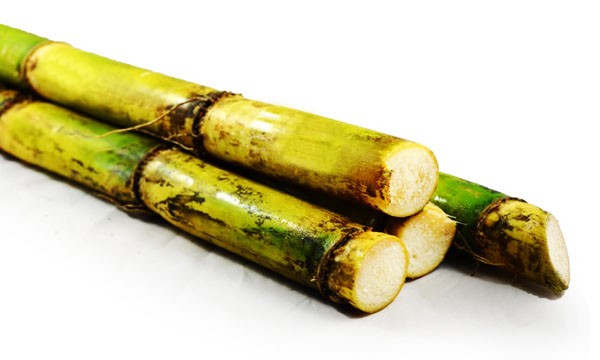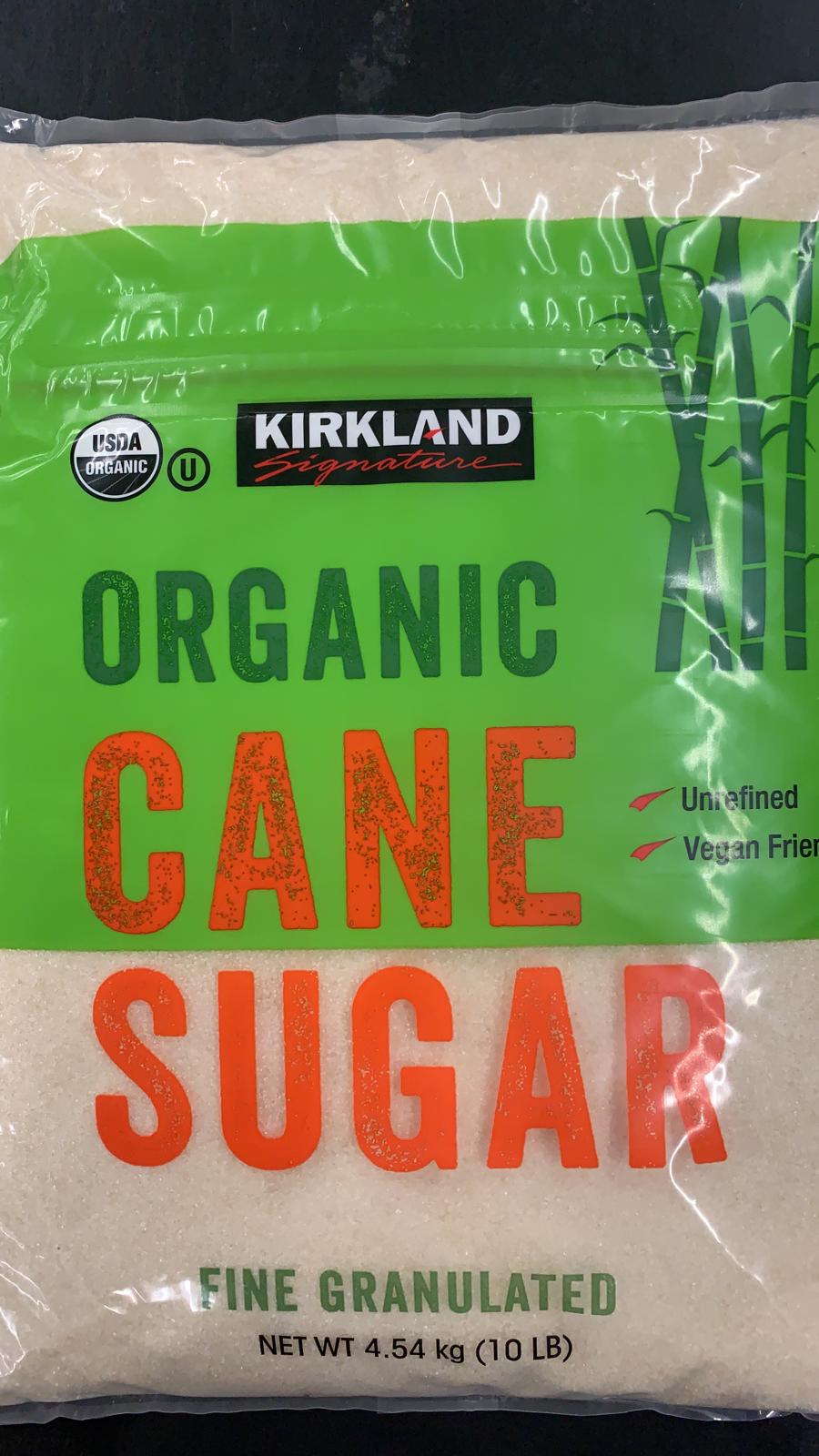The Journey of Cane Sugar Processing: From Harvest to Crystals
The Journey of Cane Sugar Processing: From Harvest to Crystals
Blog Article
An In-Depth Guide to the Environmental Effect and Sustainability Practices in Walking Stick Sugar Handling
The ecological influence of walking cane sugar processing presents a complex range of difficulties that warrant cautious exam. From dirt destruction and too much water usage to the carbon footprint related to cultivation and production, the consequences of conventional practices are far-reaching. In contrast, the adoption of innovative sustainability steps uses a path towards a lot more accountable production methods. Understanding the interplay between these issues is important for stakeholders in the market. What particular practices can be implemented to strike an equilibrium in between efficiency and ecological stewardship? The answers depend on a closer consider both the obstacles and potential options.
Summary of Cane Sugar Handling
Cane sugar handling entails a collection of systematic actions that change sugarcane right into polished sugar. Originally, collected sugarcane is transported to processing centers, where it undertakes cleaning to remove soil and particles. Following this, the cane is crushed to remove juice, which is then cleared up by removing contaminations via home heating and the addition of lime.
The clarified juice goes through evaporation, where water is eliminated to focus the sugar content. This concentrated syrup is then taken shape with air conditioning, permitting sugar crystals to develop. These crystals are separated from the staying syrup using centrifugation, resulting in raw sugar. To attain polished sugar, the raw product undergoes more filtration procedures, which might consist of filtering and washing to get rid of remaining impurities and shade.
The last item is then dried and packaged for circulation. Throughout this entire procedure, preserving efficiency and high quality control is vital to guarantee the sugar satisfies market criteria. Each action in cane sugar processing not just adds to the end product yet also has ramifications for source usage and waste generation, setting the stage for discussions on sustainability and ecological influences related to sugar production.
Environmental Obstacles of Manufacturing
The production of walking stick sugar presents a number of substantial ecological difficulties that warrant interest. One primary issue is the substantial usage of agrochemicals, including pesticides and plant foods, which can result in dirt degradation, biodiversity loss, and contamination of regional water sources. The runoff from sugarcane fields frequently brings these chemicals right into close-by ecosystems, disrupting aquatic life and affecting the health and wellness of communities reliant on these water bodies.
One more challenge is the high energy usage related to sugarcane processing. The boiling and refining stages need significant warmth, largely created by burning nonrenewable fuel sources, adding to greenhouse gas exhausts. In addition, the expansive acreage required for sugarcane farming can bring about deforestation and habitat destruction, additional exacerbating climate adjustment and threatening wild animals.
Additionally, the labor techniques in some regions raise moral problems, as workers may encounter poor working problems and poor wages. This scenario frequently bolsters a cycle of poverty in local neighborhoods. Cane Sugar Processing. Resolving these ecological difficulties is critical for developing extra sustainable techniques in cane sugar manufacturing, ultimately benefiting both the environment and the neighborhoods included in this sector
Water and Land Use Impact
Water resources and land use are vital parts in the cane sugar basics market that considerably affect the atmosphere. The cultivation of sugarcane calls for considerable water input, with price quotes recommending that it can take in approximately 2,000 liters of water per kg of sugar generated. This intensive use of water often leads to depletion of local water sources, influencing not only the sugarcane plantations yet also surrounding environments and communities that depend on the same water sources for farming and domestic usage.

Moreover, land usage for sugarcane cultivation can bring about logging and the conversion of natural habitats right into monoculture ranches. This method diminishes biodiversity, disrupts neighborhood communities, and adds to dirt deterioration. The development of sugarcane areas usually encroaches on useful agricultural land, producing competitors for resources in between food and biofuel production.
Sustainable techniques, such as optimizing watering strategies and carrying hop over to these guys out crop rotation, are vital to reduce these effects. By embracing more efficient water usage and land administration techniques, the cane sugar sector can minimize its environmental impact, guaranteeing a balance between agricultural productivity and ecological conservation.
Greenhouse Gas Emissions
Greenhouse gas discharges represent a considerable environmental problem within the walking cane sugar processing market, especially as agricultural methods broaden to meet international demand. The cultivation of sugarcane, a plant that thrives in tropical environments, counts heavily on synthetic fertilizers and pesticides, which add to laughing gas exhausts. Additionally, land-use changes, consisting of deforestation for brand-new sugarcane plantations, release carbon dioxide kept in plant life and dirt.
Throughout processing, power usage is another major source of greenhouse gas discharges - Cane Sugar Processing. Several sugar mills use nonrenewable fuel sources to power machinery and create warmth, leading to significant carbon footprints. Furthermore, the transport of raw sugarcane and completed products includes layers of exhausts via gas combustion in lorries
This involves examining present farming methods, processing methods, and transport systems to determine locations for enhancement and mitigation. Resolving greenhouse gas discharges is crucial for cultivating a much more lasting walking cane sugar market in an altering environment.

Lasting Practices and Innovations
Lasting techniques and developments are significantly vital in the walking cane sugar processing industry as stakeholders seek to reduce environmental influences while keeping performance. One substantial development is the execution of incorporated crop management, which enhances resource usage by combining dirt administration, parasite control, and crop rotation techniques. This method boosts yield while decreasing chemical inputs and maintaining soil health and wellness.
Additionally, the fostering of renewable resource sources, such as biomass from sugarcane deposits, has actually gained traction - Cane Sugar Processing. By transforming waste products right into energy, refining centers can minimize their reliance on fossil gas, therefore reducing greenhouse gas discharges
Water monitoring practices have actually additionally seen enhancements through the recycling and reusing of water in processing plants, substantially lowering freshwater usage. Developments in technology, such as accuracy agriculture, allow farmers to keep track of plant health and resource usage extra effectively, ensuring sustainable cultivation techniques.
Furthermore, accreditation programs like Fair Profession and Jungle Alliance motivate eco accountable farming techniques and advertise social equity within the supply chain. By accepting these lasting methods and innovations, the cane sugar handling industry can boost its durability and add favorably to ecological stewardship.
Conclusion
The environmental effect of walking stick sugar processing provides substantial challenges, including soil destruction, high water usage, and greenhouse gas emissions, together with moral issues related to labor methods. Addressing these concerns with sustainable methods, such as integrated plant management, renewable resource adoption, and water recycling, is important. By advertising socially equitable and ecologically responsible techniques in sugar manufacturing, the sector can minimize its negative impacts, making certain a more sustainable future for both ecological communities and neighborhoods involved in this industry.
Walking cane sugar processing includes a series of organized steps that transform sugarcane into refined sugar. Each action in walking cane sugar handling not just adds to the last product yet likewise has implications for source great site usage and waste generation, setting the stage for discussions on sustainability and ecological influences linked with sugar manufacturing.
Greenhouse gas emissions represent a significant environmental problem within the walking stick sugar handling market, particularly as agricultural methods increase to satisfy global demand.Lasting practices and advancements are increasingly vital in the walking cane sugar processing sector as stakeholders look for to minimize environmental influences while preserving efficiency.The ecological effect of cane sugar processing offers considerable obstacles, consisting of soil destruction, high water usage, and greenhouse gas discharges, alongside moral worries connected to labor techniques.
Report this page